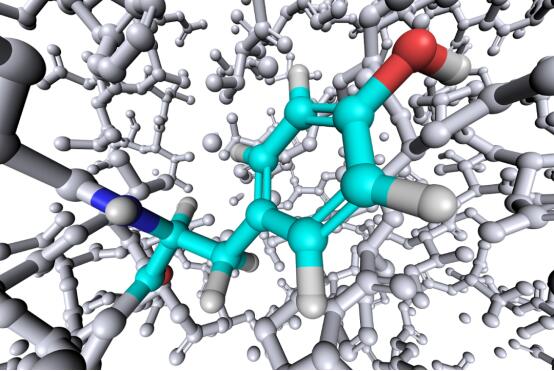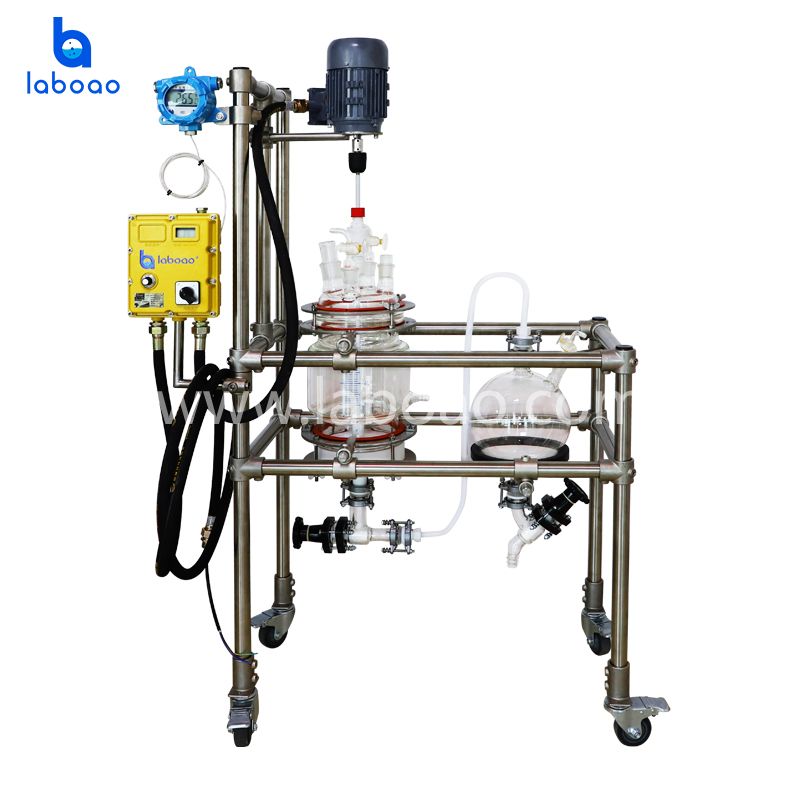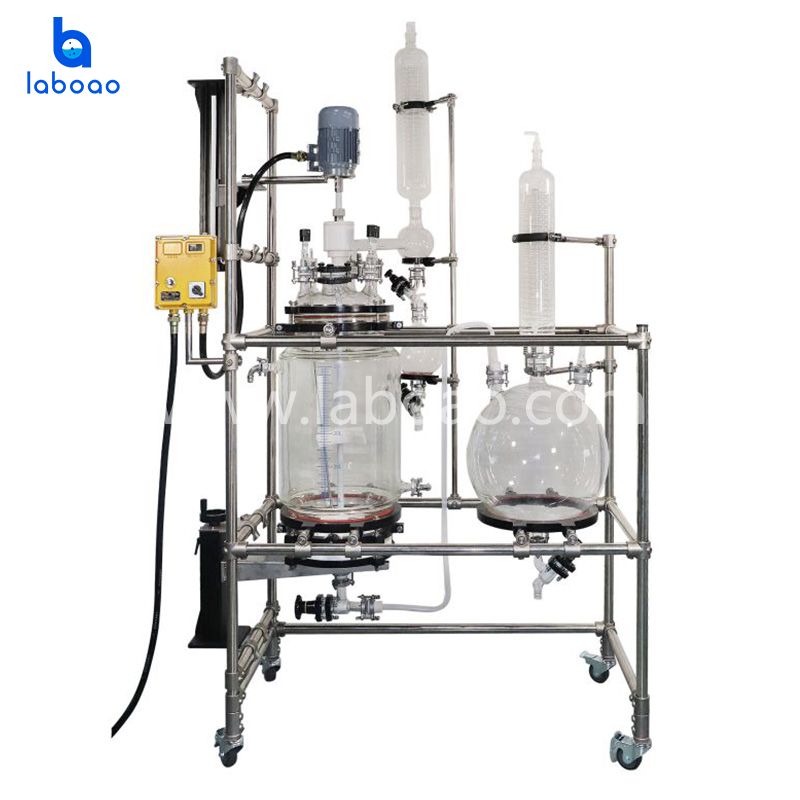
What is peptide?
Polypeptide is a biologically active substance that is related to various cell functions in the organism. Its molecular structure is between amino acids and proteins. It is a compound formed by a variety of amino acids combined by peptide bonds in a certain order. Polypeptide is a general term for biologically active substances involving various cellular functions in organisms, and is often used in functional analysis, antibody research, especially drug development and other fields.
Basic Principles of Peptide Solid Phase Synthesis
First, the hydroxy group of the hydroxy-terminal amino acid of the peptide chain to be synthesized is connected with an insoluble polymer resin in a covalent bond structure, and then the amino acid bound on the solid phase carrier is used as the amino component to remove the amino protecting group and connect with the same The excess activated carboxyl moiety reacts to lengthen the peptide chain. Repeat the operation (condensation→washing→deprotection→neutralization and washing→the next round of condensation) to reach the length of the peptide chain to be synthesized. Finally, the peptide chain is cleaved from the resin and purified to obtain the desired polypeptide. The α-amino group protected by BOC (tert-butoxycarbonyl) is called BOC solid-phase synthesis method, and the α-amino group protected with FMOC (9-fluorenemethoxycarbonyl) is called FMOC solid-phase synthesis method.
Polypeptide Synthesis Process
A: Selection of resin and immobilization of amino acids
There are three main types of polymer carriers used for polypeptide synthesis: cross-linked polystyrene, polyamide, and polyethylene-glycol lipid resins. The immobilization of amino acids is mainly achieved by the formation of covalent bonds between the carboxyl groups of the protected amino acids and the reactive groups of the resin.
B: Protection and removal of amino group, carboxyl group and side chain
To successfully synthesize a polypeptide with a specific amino acid sequence, it is necessary to protect the amino and carboxyl groups that are not involved in the formation of amide bonds, and at the same time protect the active group on the amino acid side chain, and remove the protective group after the reaction is completed. In recent years, FMOC synthesis method has been widely used. Carboxyl groups are usually protected by forming ester groups. Methyl and ethyl esters are common methods for protecting carboxyl groups in stepwise synthesis.
C: Peptide-forming reaction
The peptide-forming reaction in the solid phase is generally to place two corresponding amino-protected and carboxyl-protected amino acids in solution without forming a peptide bond. To form an amide bond, the commonly used method is to activate the carboxyl group to become The amide bond is formed by mixing acid anhydrides, active esters, acid chlorides or forming symmetrical acid anhydrides with a strong condensing agent (such as carbodiimide).
D: Cleavage and purification of synthetic peptide chains
The BOC method uses TFA+HF to cleave and remove the side chain protecting group, and the FMOC method uses TFA directly. Further purification, separation and purification of synthetic peptide chains are usually performed by liquid chromatography, affinity chromatography, capillary electrophoresis, and the like.
What are the reaction instruments for peptide solid phase synthesis?
The process of solid-phase synthesis of peptides is very complicated and requires intuitive monitoring by operators. At the same time, online cutting can be performed after synthesis (the cutting reagent TFA is extremely corrosive). These requirements limit the material of the reactor. Glass reactor is used by many chemistry and biology experts because of its completely transparent and corrosion-resistant characteristics.
With the development of peptide solid-phase synthesis technology and the improvement of corrosion resistance of stainless steel materials, 316 stainless steel reactor has also been gradually used in the main laboratory reactor, and has better thermal conductivity than glass, while avoiding the fragile glass characteristics.
As for the actual operation, how to choose between glass and stainless steel depends on different test purposes or production needs.
![Q4Z{QPWYSUCHG]`L~I~7KW2.png](/upload/image/ueditor/1509456492871421952.png)

